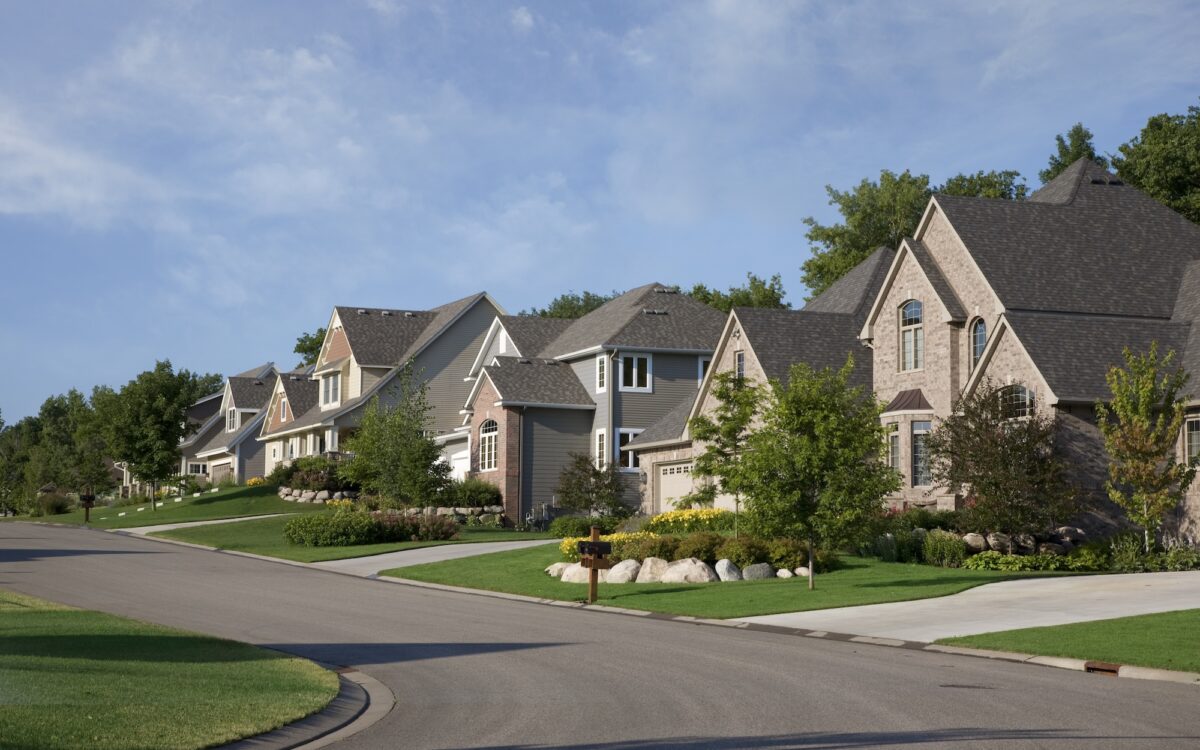
Warning and Security Disclaimer for California HOA Communities: What Homeowners Need to Know
In today’s rapidly evolving residential landscape, homeowners associations (HOAs) across California face increasing challenges in balancing community security with legal liability concerns. Understanding the nuances of warning and security disclaimers is essential for both HOA boards and residents alike. This comprehensive guide explores the critical aspects of security measures, liability limitations, and best practices for California coastal communities.
The Purpose of Security Disclaimers in California HOAs
Security disclaimers serve as formal notifications that outline the scope and limitations of an HOA’s security responsibilities. For California coastal communities, these disclaimers are not merely legal formalities but essential components of comprehensive risk management strategies.
“Security disclaimers establish clear boundaries between what an association can reasonably provide and what remains the responsibility of individual homeowners,” explains Coast Management of California, a leading property management company serving HOA communities throughout the state.
These documents typically clarify that while security measures may be in place, they do not constitute a guarantee against criminal activity or create an obligation for the association to provide police protection. This distinction is particularly important in California, where case law has established specific standards for HOA liability.
Current Security Measures in California HOA Communities
Most California HOAs implement various security measures that may include:
– Gated entrances with access control systems
– Security personnel (either full-time or patrol-based)
– Surveillance camera networks
– Adequate community lighting
– Secure common area access points
– Regular security assessments
However, Coast Management of California emphasizes that “the presence of these security features should not create a false sense of complete protection. They serve as deterrents rather than absolute safeguards.”
Legal Framework for HOA Security Responsibilities in California
California law establishes specific parameters regarding an HOA’s duty to provide security. Several landmark cases, including Frances T. v. Village Green Owners Association, have shaped the legal landscape in this regard.
Under California Civil Code Section 5980, associations have standing to institute litigation in matters that affect the common interest development. However, this does not automatically extend to a duty to prevent all criminal activity.
The California Court of Appeal has established that HOAs may have a duty to take reasonable steps to address foreseeable risks, particularly when:
1. The association has undertaken security measures
2. The association has knowledge of prior similar incidents
3. The association has created conditions that increase vulnerability
Components of an Effective Security Disclaimer
An effective security disclaimer for California HOA communities should include:
Clear Scope Definition
The disclaimer must explicitly outline what security measures are provided and, more importantly, what is not covered. This transparency helps manage expectations and reduces potential liability.
Acknowledgment of Limitations
Language that clearly states that security measures are limited and do not guarantee prevention of all criminal activity is essential. This acknowledgment helps establish reasonable expectations among residents.
Resident Responsibilities
The disclaimer should detail homeowner responsibilities regarding security, including reporting suspicious activities, maintaining personal security measures, and following community security protocols.
Emergency Response Protocols
Information about how security incidents are handled, including coordination with local law enforcement and emergency services, helps residents understand the response framework.
Legal Compliance Statement
References to relevant California laws and regulations demonstrate the association’s commitment to operating within legal parameters while protecting community interests.
Balancing Security Enhancement and Liability Management
California HOAs must walk a fine line between enhancing community security and inadvertently creating additional liability through their actions. As Coast Management of California advises, “implementing security measures creates an obligation to maintain those measures reasonably and consistently.”
Some best practices include:
– Regular security assessments by qualified professionals
– Documented maintenance of all security systems
– Consistent enforcement of security policies
– Transparent communication about security capabilities and limitations
– Regular updates to security disclaimers as measures change
Resident Education and Engagement
An informed community is often a safer community. Successful HOAs in California regularly engage residents through:
– Security awareness workshops
– Distribution of updated security information
– Clear communication about incident reporting procedures
– Community watch programs
– Feedback mechanisms for security concerns
Documentation and Record-Keeping
Proper documentation serves as both a security enhancement tool and a liability protection measure. HOAs should maintain comprehensive records of:
– Security system installations and upgrades
– Maintenance schedules and completions
– Security incident reports
– Board decisions regarding security measures
– Distribution of security disclaimers and notifications
Moving Forward: Adapting to Changing Security Landscapes
As criminal tactics evolve and technology advances, California HOAs must regularly reassess and adapt their security approaches. This includes:
– Evaluating emerging security technologies
– Monitoring crime trends in surrounding areas
– Updating security disclaimers to reflect new measures or concerns
– Consulting with legal counsel on changing liability standards
– Collaborating with local law enforcement
Proactive Protection Through Clear Communication
For California HOA communities, especially those in coastal areas managed by companies like Coast Management of California, security disclaimers represent more than legal protection—they form the foundation of a transparent relationship between associations and homeowners.
By clearly defining security responsibilities, maintaining appropriate measures, and educating residents, HOAs can create safer communities while managing potential liability. The most effective approach combines physical security measures with clear communication and documentation strategies.
Homeowners seeking additional information about security disclaimers should contact their HOA board or management company directly, as specific provisions may vary based on community needs, local regulations, and established security protocols.
Want to learn how automation can benefit your HOA or organization? Contact Unify Node today to find out how we can help.

